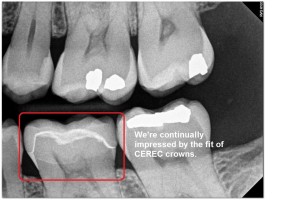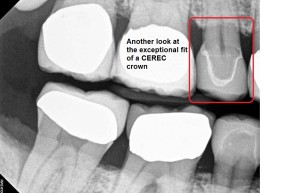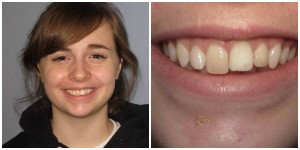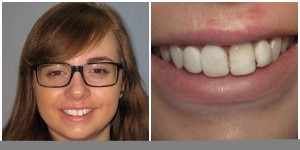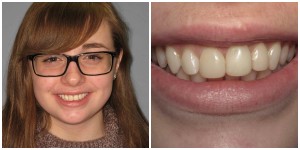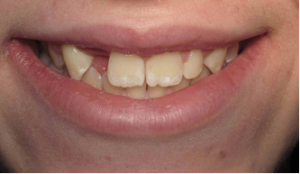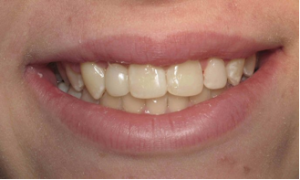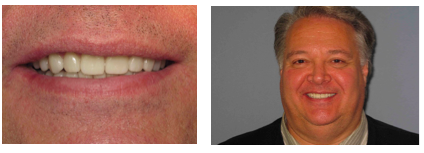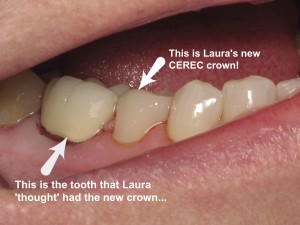By: Dr. Elizabeth Eggert Every smile is beautiful and unique, but some people are self-conscious about the amount of gum tissue showing in their smiles. Others might need a crown or other tooth restoration, but do not have enough visible tooth for us to complete the fix. In both cases, crown lengthening is a solution.
Every smile is beautiful and unique, but some people are self-conscious about the amount of gum tissue showing in their smiles. Others might need a crown or other tooth restoration, but do not have enough visible tooth for us to complete the fix. In both cases, crown lengthening is a solution.
Crown lengthening is a routine dental surgical procedure that restores smiles or improves them. If you feel your teeth are too small in your smile, it might be that your teeth aren’t actually to blame. Sometimes, it’s the gum tissue covering the teeth that makes them seem too small. Crown lengthening remodels the contour of your gum line to provide a better balance between tooth and gum tissue. This is an aesthetic use for crown lengthening that helps perfect your smile.
Crown lengthening is also an important tool in restoring very broken down teeth. Sometimes, we get patients who need permanent crowns, but we can’t place the crowns because too little of the tooth is visible above the gum line. Or, there may be too much decay or the tooth may be broken below the gum line. In all of these cases, crown lengthening allows us to gain more access to the tooth to properly place permanent crowns.
What can I expect during my crown lengthening experience?
More often than not, you will see a gum and tissue specialist, called a periodontist, for your crown lengthening procedure. They will review your dental history and your x-rays and set a date for your crown lengthening surgical procedure. We might help the periodontist by placing a temporary crown to protect a broken or decayed tooth. The day of the surgery, you’ll have local anesthetic and the crown lengthening procedure will be completed. The length of the surgery depends on the number of teeth being worked on.
After the surgery, you’ll take medicine for pain relief (usually OTC) and you’ll use a mouth wash to keep the surgical site clean as it heals. The periodontist might even ask you to stick to soft foods and a slightly altered brushing and flossing routine while you’re recovering. Most often, in less than two weeks, it’ll be time for your stitches to come out and to complete any follow-up procedures.
What are the outcomes of crown lengthening?
We like to let our work speak for itself! Rob and Lola are two happy patients who have completed crown lengthening. As you can see, the results are quite striking. You can tell from their beaming smiles that they’re satisfied with the outcome!
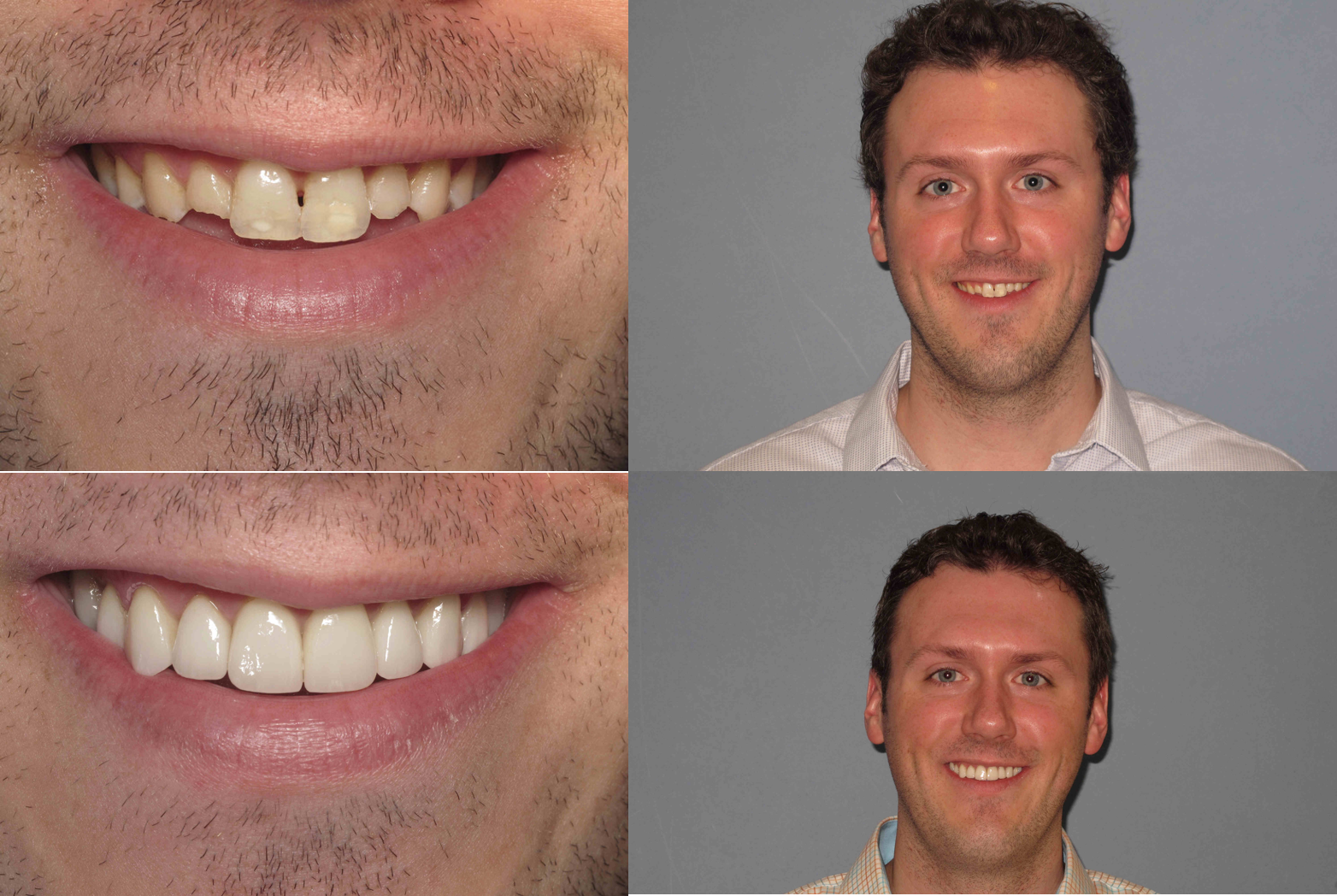
If you’re wondering if crown lengthening might be the solution for you, contact Eggert Family Dentistry today. Call (651) 482-8412.

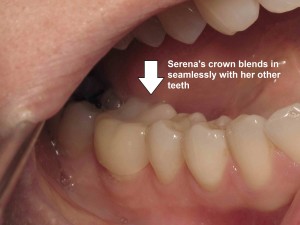 The dentists at Eggert Family Dentistry were excited to help. We can prepare, design, and place permanent crowns in just two hours using
The dentists at Eggert Family Dentistry were excited to help. We can prepare, design, and place permanent crowns in just two hours using 